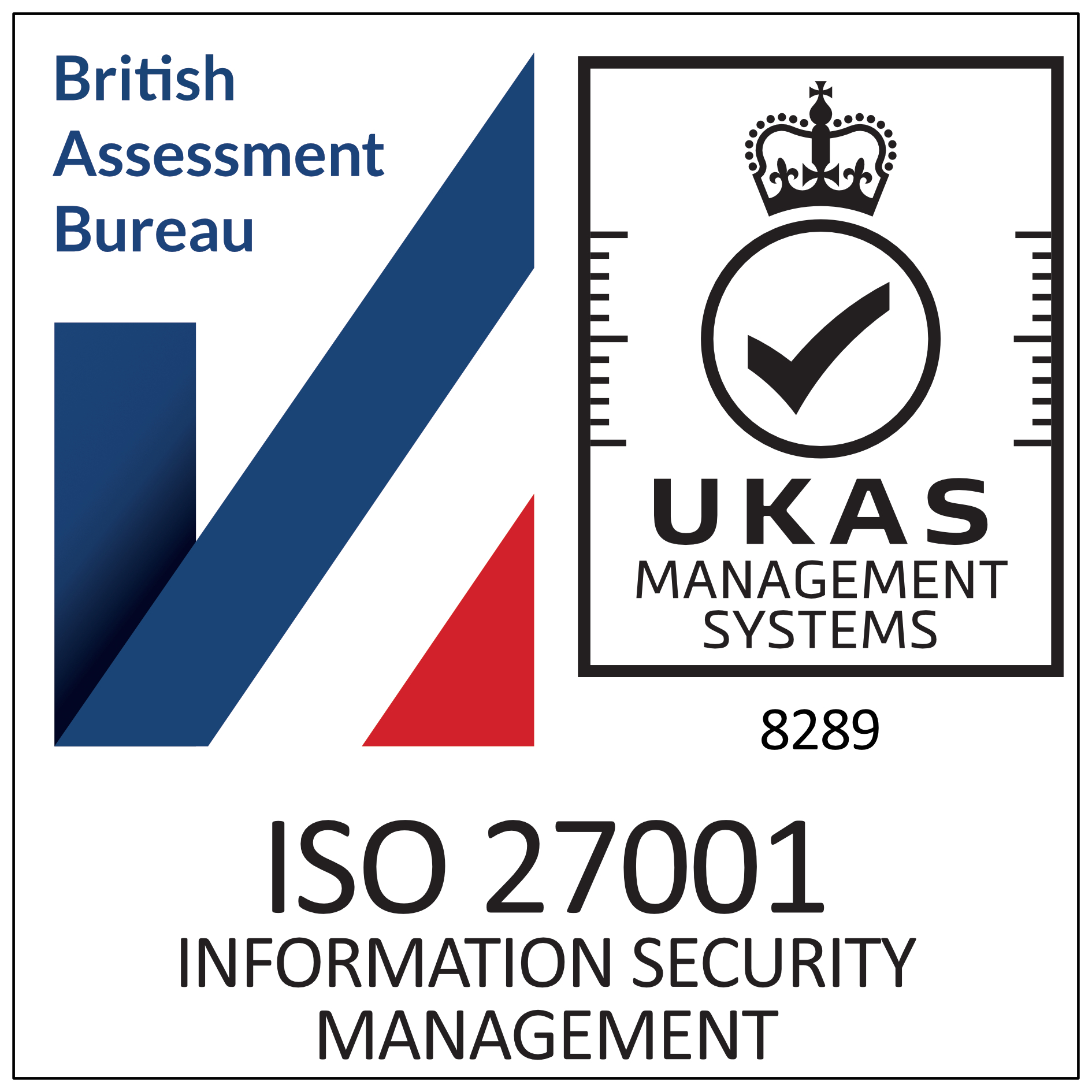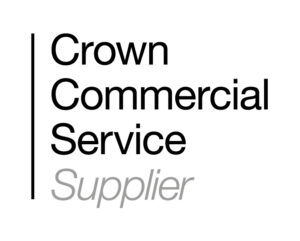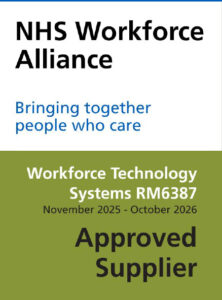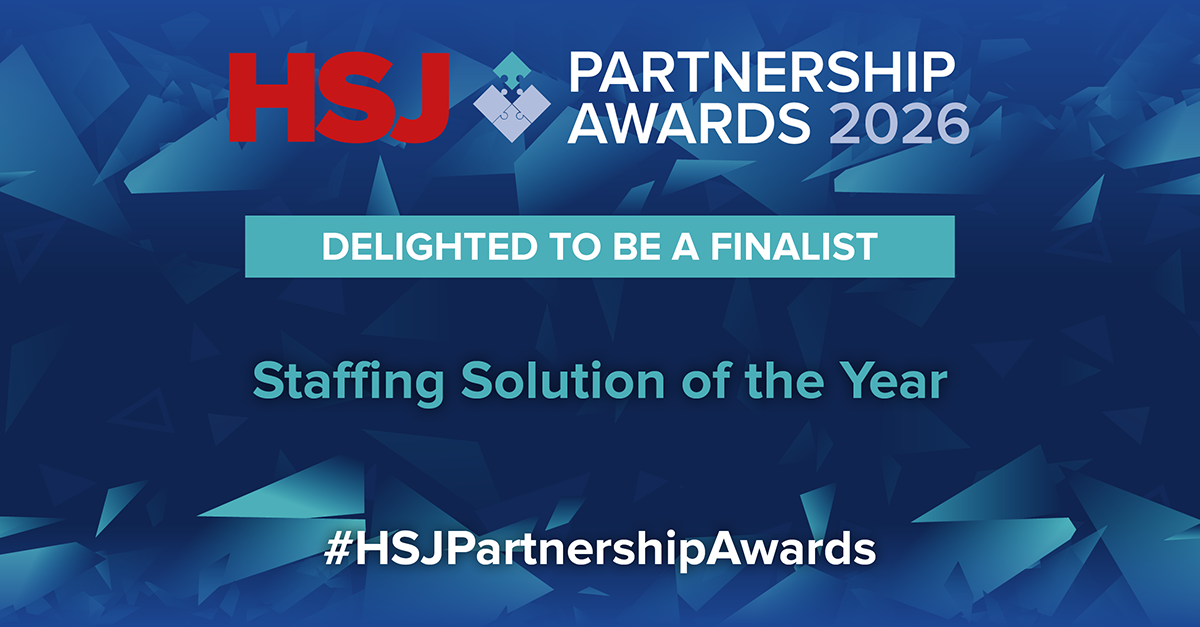Insiders Guide to Buying NHS Workforce Systems, Services, and Beyond Part Two – Investigating Your Options
Insiders Guide to Buying NHS Workforce Systems, Services, and Beyond Part Two – Investigating Your Options

Introduction: Finding the Right Solution
In the initial segment of our series, we journeyed through the bustling landscape of NHS workforce solutions, outlining the clear distinction between systems and services. We’ve learned that systems offer automation, streamlining, and a reliable bedrock of data for strategic decision-making. But they come with their own challenges: issues with data accuracy, system integration, user adoption, and the management of resources and costs.
Services offer an alternative path, allowing NHS trusts to harness external expertise, resources, and flexibility, spurring significant change. However, they too have potential hurdles, such as aligning with trust-specific goals, ensuring data security, and managing potentially higher costs.
Now, let’s start to address the pivotal question: How do you select the right workforce solution for your NHS trust? Amidst a myriad of providers, all promising unique benefits, it may seem like a formidable task. But, rest assured, it needn’t be, if you approach it in the right way.
In this piece, we’ll guide you through the crucial steps to decode your trust’s unique needs, resources, and objectives. We’ll assist you in evaluating different solutions, keeping in mind the merits and challenges of both systems and services. By the end, our aim is to equip you with the knowledge and confidence to select a workforce solution that seamlessly aligns with your trust’s objectives. So, let’s set out on this journey towards enhanced workforce management in your NHS trust together.
Choosing the Right Workforce Solution for Your NHS Trust
Before understanding what solution or indeed which provider (we will get into this in part 3) is the right fit for your Trust you first need to Identify the problem you are trying to solve. As a provider of both systems and services, we are acutely aware that we may not be the best fit for everyone, this is not because we don’t believe in the quality of our offerings far from it, but moreover, what we offer does not always solve the actual problem you are trying to rectify. We go through a program of discovery with potential clients to identify and understand what the issues are, and sometimes it is clear we are not positioned to help and add value.
We would always encourage a trust to do this work before engaging with any provider, this makes the process more productive and provides a higher chance of success. It is imperative you do not go straight to a solution without going through a simple process of exploring what you need and why. As Albert Einstein famously said, “If I had an hour to solve a problem, I’d spend 55 minutes thinking about the problem and five minutes thinking about solutions.” Investing the time to understand the problem in-depth often leads to faster, more effective solutions. In a similar vein Abraham Lincoln also said: “Give me six hours to chop down a tree and I will spend the first four sharpening the axe.”
So how do you do it.
Personally when making a key decision regarding a future course of action, such as purchasing a solution to a problem or reconfiguring how we operate, I go through a five step process which is as follows:
- Identifying and Understanding the Problem and Defining Outcomes
- Spotting the Barriers to Problem Solving
- Considering Values (what do you value the most)
- Reflecting and Formulating Solutions
- Risk Assessment
This may sound like a laborious process, it doesn’t have to be, but if you want the right outcome it is a necessity. Equally the time you put into getting it right, will save you both money and time in the long run by limiting potential mistakes. If you find it useful, I have included a simple form with guidance that you can use when making any problem based decision. There are of course other tools available to help with decision making, S.W.O.T analysis, The Five Whys, Fishbone Diagrams, Pareto Analysis and PDCA to mention but a few.
For the purposes of this article let’s explore these steps in more detail and consider how they apply to finding the right workforce solution for your trust.
Identifying and Understanding the Problem:
As obvious as it sounds you should always begin by asking this potent question: “What problem are we trying to solve?” and then quickly follow that up with this even more important question, “is this the actual problem?” It is imperative that you understand the actual problem and not go straight to picking a solution or be fooled into thinking that the surface issue is the real one. Whilst working in the NHS as a Head of Learning and Development a ‘go to’ phrase in management meetings, when discussing issues on the ground was, “let’s give them more training”. My response was always the same, “ what are you trying to achieve and what problem are you trying to solve.” The interesting thing about solving problems is sometimes you need to solve small problems before you can solve the big ones, and how you approach this will impact what the solution actually is.
Drawing inspiration from the wisdom of Albert Einstein and Abraham Lincoln, let’s delve into an illustrative scenario. Picture a Trust, currently relying on an Excel spreadsheet for job planning. On the surface, their objective appears to be simple – they want a tool that enhances user engagement and escalates compliance rates. The obvious problem at hand is to involve more doctors in the process, fostering an atmosphere of compliance, and an intuitive, easy-to-use job planning system might seem like the answer.
But, before rushing to solutions, let’s take a step back. Let’s spend our ‘55 minutes’ delving deeper into the problem, sharpening our ‘axe’. In doing so, we realise that the real issue might not just be about increasing compliance or getting more doctors on board. As we peel back the layers, we discover that the Trust also wants to navigate more complex processes, such as team job planning and managing demand and capacity.
If the ultimate goal is to improve demand and capacity management from the beginning, then the problem is multifaceted and requires a more nuanced solution. A simple job planning system might not suffice. This underscores the importance of not just understanding the problem, but recognising its true depth and complexity before jumping to solutions. In this case, perhaps the solution lies in a comprehensive process redesign or strategic training, rather than a new system. Perhaps, a job planning system is the first small step that needs to be taken. Being mindful of the current wider problems will enable you to make better short and long term judgments. For example buying a job planning system that will not work with other solutions for demand and capacity planning could be a mistake.
In the words of Einstein, we must first invest our time to understand the problem before spending the remaining time contemplating solutions. The key is to recognize the real problem, not just the one that appears on the surface. Only then can we achieve a solution that truly addresses the heart of the matter.
Being clear on the problem will also help you to identify the outcome you want when solving it. Here are some examples of differing outcomes/goals a trust or service may focus on:
- Improving Patient Outcomes – The primary goal of any healthcare organisation, including NHS trusts, is to improve the health outcomes of the patients they serve.
- Enhancing Patient Experience – This can be achieved through reduced wait times, better scheduling, improved communication, and other aspects influenced by effective workforce management.
- Data Reporting and Oversight to Inform Strategic Decision Making – Access to accurate, timely data is crucial for strategic planning and continuous improvement.
- Improving Workforce Well-being – Measures to reduce staff burnout, improve work-life balance, and increase job satisfaction are essential to maintain a productive and motivated workforce.
- Improving Recruitment and Retention – Efficient workforce management strategies can attract and retain skilled healthcare professionals.
- Workforce Skill Development – Fostering staff competency, upskilling the workforce, and supporting continuous professional development are vital for delivering quality healthcare services.
- Meeting or Complying with National Standards, like Levels of Attainment – Complying with set standards ensures uniformity and quality in healthcare delivery.
- Governance – Effective workforce management is crucial for maintaining a well-structured, regulated, and accountable organisation.
- Integration – Seamless integration of systems or services helps to streamline processes and improve efficiencies.
- Making Processes More Efficient – This includes saving time and enhancing productivity, which eventually lead to cost savings.
- Sustainability – Both environmental and long-term financial sustainability should be key goals for any NHS trust.
- Innovation – A healthy and well-managed workforce can contribute to an environment that supports innovation, leading to improved services and patient care.
- Adaptability/Agility – The workforce’s ability to adapt to new challenges and changes in healthcare demand is a significant factor in maintaining service quality.
Again this is not an exhaustive list.
It is however important to recognise that if you do not know what you want from this exercise how will you know what the right solution is. There is no right or wrong answer, the solution just has to suit your needs. Remember as you progress your needs will change and so too may your solution needs.
Spotting Barriers to Problem Solving:
This is a critical step that entails a detailed understanding of what could prevent successful implementation of your chosen solution. A deeper dive into the problem might be required. Supplement your problem-solving with an additional question: “What is stopping us from overcoming this problem?” A trust striving for optimal resource allocation and improved patient outcomes might initially consider a demand and capacity system as the solution. But if the true issue is lack of time and resources to properly engage with the system, then the real problem isn’t just managing demand and capacity—it’s doing so without draining critical resources.
It could be resource constraints, skills gaps, resistance to change, or inadequate engagement. It could equally be technical infrastructure, training and support, data migration, integration or financial constraints. This understanding will allow you to preemptively address these challenges, ensuring the smooth rollout and adoption of your solution.
Considering Values:
What do you value most as a trust? And specifically what do you value most in a solution? Is it the outcome, time, speed, cost efficiency, quality, engagement, support, or effectiveness? Balancing these values is important, as it helps prioritise and manage trade-offs during the solution selection process. It provides a clear direction and helps avoid potential detours, ensuring alignment with your trust’s core mission and objectives.
This is not the same as understanding what features you want from a system or what form a service is provided to you. Your needs should be based on the outcome you want from the exercise. This may and probably will differ from trust to trust, service to service and will be based on your current situation, progress already made and legacy systems and services. This will also be important when it comes to the who and not just the what. Finding the right provider is also critical to solving your problem, getting value and achieving your goals.
Reflecting and Formulating Solutions:
With a clear understanding of your problem, underlying issues, barriers, and values, you’re ready to explore solutions. Arm yourself with the right questions that will lead you to the value and outcomes you’re striving for. Don’t lose sight of your primary goal, and remain open-minded about the solution that will truly address your problem. Sometimes the answer is a mental shift. I have come up with some key questions to ask, feel free to click on this link to see them, but here are a couple of examples: How will this solution help us overcome the barriers we’ve identified? Or, Does this solution address the root cause of our problem, or does it merely treat the symptoms?
Risk Assessment:
Finally, consider the potential risks associated with each solution, as well as the risks of maintaining the status quo. Understanding the trade-offs between potential benefits and risks will enable you to make a more informed decision.
In conclusion, the path to finding the ideal solution starts with a deep understanding of the problem, considering your core values, establishing your required outcome, identifying the obstacles to its resolution and being mindful of the risks. By acknowledging the complexities and factors exacerbating the problem, you’re better equipped to ponder the best solution. Remember, one size doesn’t fit all, and your solution may evolve as your needs change. Finally, Einstein was a pretty clever guy, so maybe we should follow his lead. We hope these examples shed light on the decision-making process. In the next article, Searching for the Perfect Fit, we’ll delve into how to choose the right provider to help bring your chosen solution to life. Until then, remember to remain flexible and open-minded, and you’re sure to find your way to the right workforce solution.
Please explore our past blogs and articles and be sure to follow us on LinkedIn.
Recent Articles

Registered address
SARD JV Limited
Unit 76, Innovation Centre
University Road, Canterbury
CT2 7FG



A joint venture with Oxleas NHS Foundation Trust.
Registered in England and Wales with company number 07916735. VAT No. 131901840
Designed and built By Tweak Marketing
Privacy Policy



